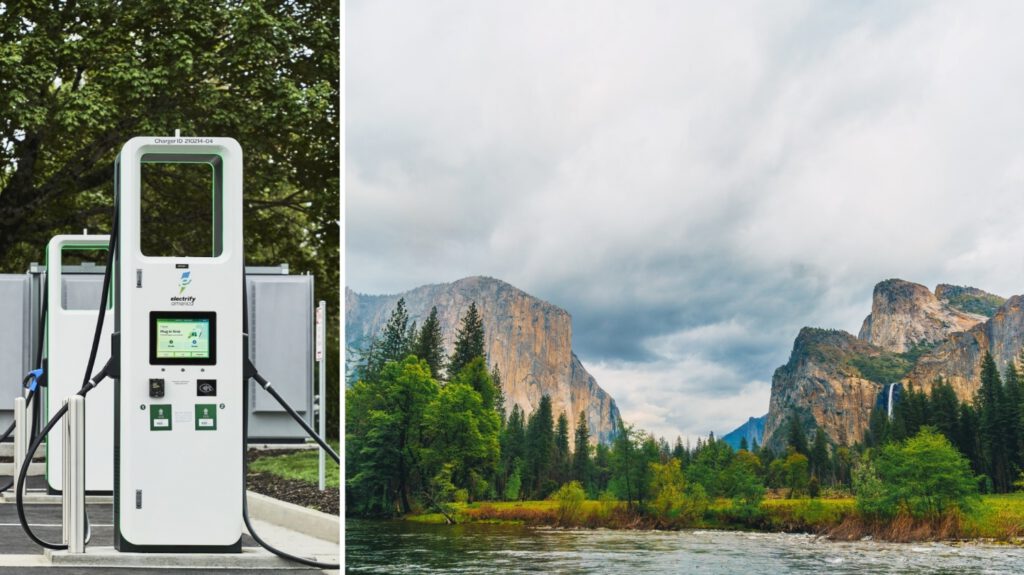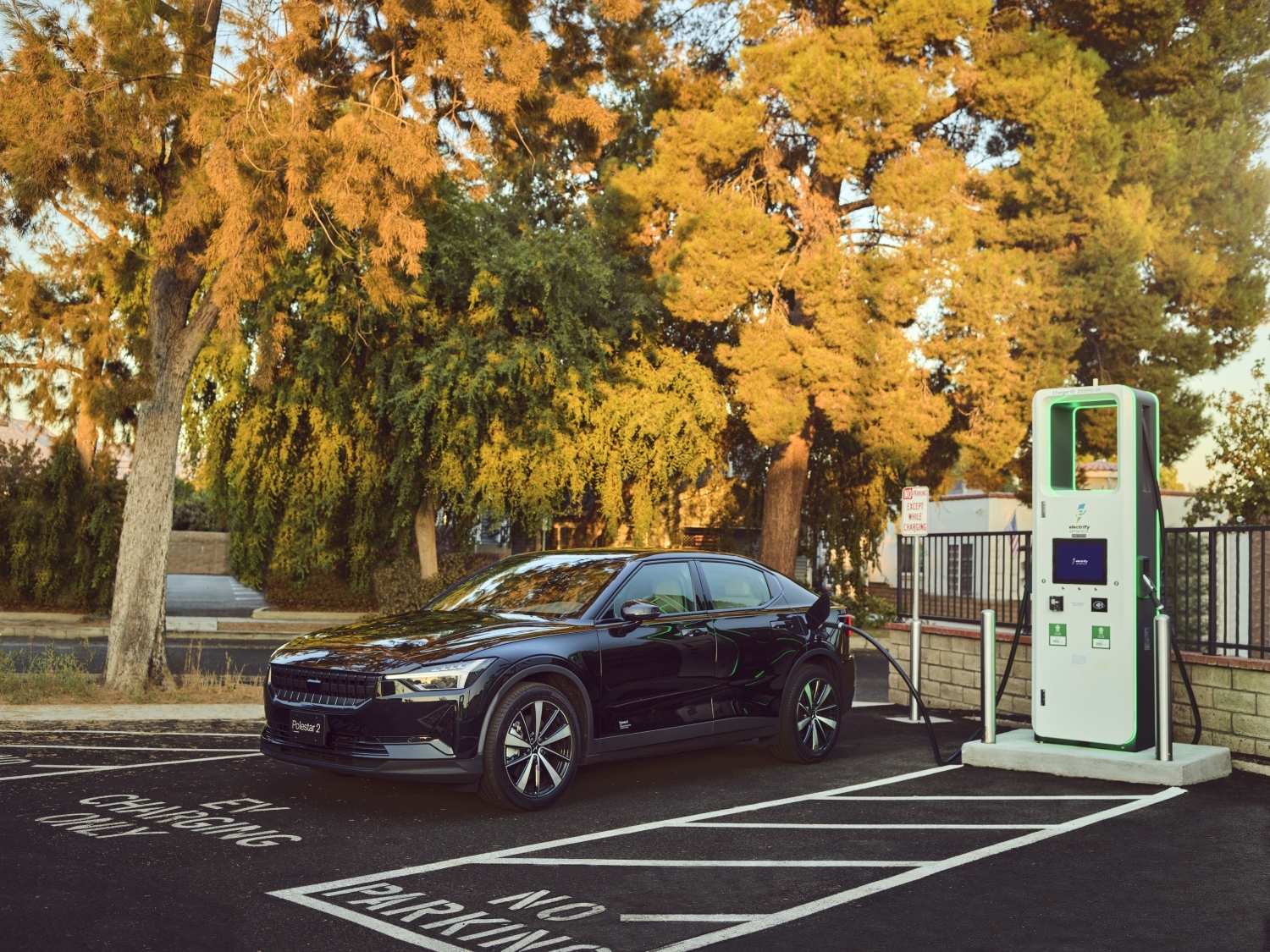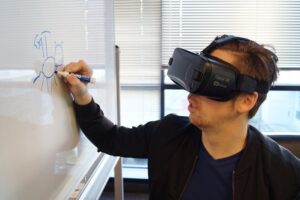In the ambitious push to install EV charging stations across the country, rural areas have largely seemed left behind and underserved.
Increased efforts are underway to rectify that situation through access to solar charging in suitable geographic areas. One of the biggest campaigns to provide rural areas access to solar charging was first launched by Electrify America in “late 2019 and 2020.”
The company has installed 30 solar-powered charging stations in Central and Inland areas of southern California at health care centers and educational institutions, 20 of which have been installed at health care centers. The stations comprise solar panels and a battery. They absorb solar energy during the day and store energy throughout the day and night.
In essence, they can provide energy in all weather conditions, and even serve as a backup to regular EV stations. Electrify America “has invested $2 million in those stations.” It points out that “resilient level 2 (L2) stations aren’t tied to the electrical grid, and they provide drivers in rural areas access to EV charging via renewable resources.”
The company explains that it “identified educational and health care institutions as ideal charging points due to high amounts of traffic and extended hours of access. Locations were further selected after further analyzing communities with the greatest need for charging, existing charging options, and local travel patterns, among other factors.”

Electrify America sees a number of key advantages to solar charging.
As it stresses, “access to public charging and affordability are the biggest barriers to EV adoption in southern California. Electrify America is expanding the EV charging infrastructure in rural areas of the state so EV drivers can rely on regional travel and have better access to EV charging.” The company adds that “charging at the solar-powered stations is free- which is a huge perk to drivers, especially those in rural areas where they’re located.”
It made a special point to serve “disadvantaged, rural, and low-income communities by locating over half the complimentary solar chargers in those areas, as often these communities are underserved, don’t have access to the infrastructure needed to adopt EVs, and are also often burdened with the impact of poor air quality.”
Electrify America “has about 200 additional DC ultra-fast charging stations across California and plans to have 1,700 fast-charging stations and 9,500 individual chargers installed in the US by 2025.” As part of the expansion, we will not only multiply our presence in established U.S. regions, but also add the states of Hawaii, North Dakota, South Dakota, West Virginia, Wyoming, and Vermont. That will bring our network to 49 states and the District of Columbia.”
Clearly, more efforts of this kind will be key to enabling greater access to EV charging in underserved areas, and helping drive greater adoption of EVs.











